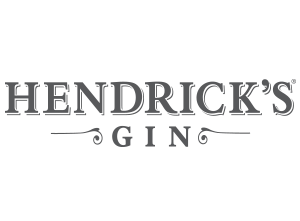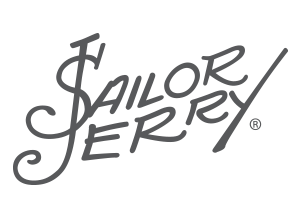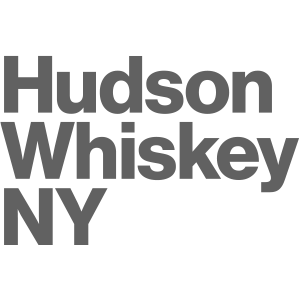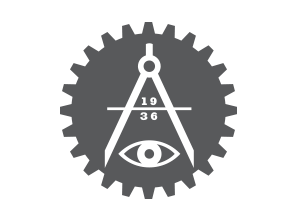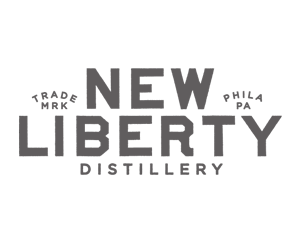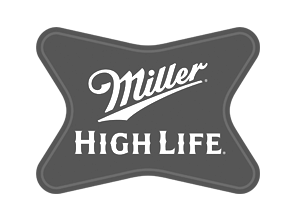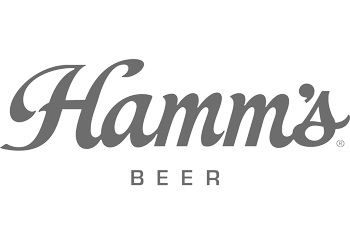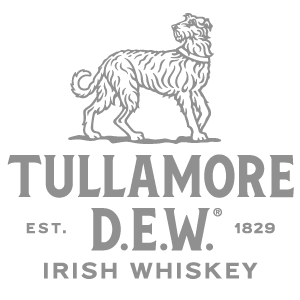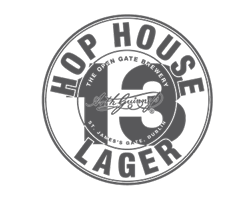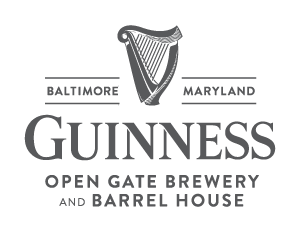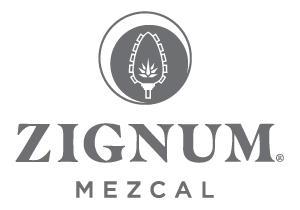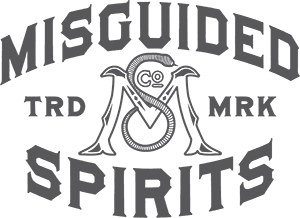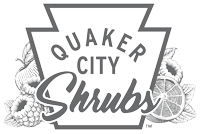Why so many beers have retro-looking cans
Tecate, Miller High Life, and Narragansett are some of the companies hoping throwback labels will lure nostalgic drinkers.
/cdn.vox-cdn.com/uploads/chorus_image/image/64056759/Gansett_Lager__IRL_.0.jpg)
While out drinking this summer, you may have noticed a new, old can at your neighborhood watering hole. Like cheap, cold ones from Miller Lite to Narragansett before it, Tecate — a tried-and-true pick for a beer-and-shot-of-tequila combo, perfect in a Michelada, refreshing on its own with a single lime — has gone with a retro redesign for the summer.
To commemorate the brewery’s 75th anniversary, the Baja, Mexico-brewed lager released a limited-edition can proudly labeled “edicion retro” and “orgullo de Mexico” with green and red stripes after the Mexican flag, available through August 2019.
It seems silly, or surface-level, but something about the “same beer, classic can” gimmick works on the thirsty masses.
“We’re victims of it even when we know it’s happening,” says Cat Wolinski, who recently enjoyed a bucket of Tecates at the Brooklyn Barge, a popular summer drinking destination docked in Greenpoint’s East River.
Wolinski admits that when she and her workers at wine, beer, and spirits publication VinePair met for drinks, she was going order the Mexican lager anyway.
“But when I saw the retro label, I was even more excited about it,” she says. “It’s eye-catching and it connects the consumer, however briefly, to the history of what they’re drinking. When we’re reminded that a brand has history, American drinkers especially relate to that sense of nostalgia, and we respect it more, we see it in a different light.”
According to Kate Wolff, an executive at RQ Agency, which focuses on experiential and influencer marketing, the retro marketing trick is also a way for legacy brands to compete for cultural relevance. “These beers have been the same forever, and they probably haven’t changed the recipe, but they might not be top of mind because they are no longer relevant in marketing or culture,” she explains. “Attaching them to the trend of nostalgia is going to surface them very quickly to a younger generation that will evangelize them and make them part of the culture again.”
In 2013, Miller Lite released a limited-edition retro can with the original ’70s logo, timed to the movie Anchorman 2: The Legend Continues (which featured product placement of the beer). It did so well that MillerCoors decided to adopt it as their regular, permanent can.
“I think people are very simple and if you put Miller Light in a snazzy new [old] can, that’s enough to seduce people,” says Aaron Goldfarb, a beer and spirits journalist and author of Hacking Whiskey. “They look great on Instagram and the companies pretend that these are fairly limited-release packaging, but of course there’s zillions of bottles and cans everywhere.”
Today, when you look at the actual numbers, beer sales are down, cute throwback labels be damned. Beer consumption has dropped 2.8 percent since 2015, according to Bloomberg. The fastest growing alcohol segment is flavored malt beverages, particularly spiked seltzers, such as White Claw and Truly Hard Seltzer, according to data from Nielsen. Americans might be drinking less, in general, perhaps due to piqued interest in cannabis, or trends in health and wellness, such as the rise of sober-curious culture.
But the retro campaigns don’t let up.
Take the New England classic, Narragansett. In the summer of 2012, the lager brought back its 1975 vintage label, resurrecting the look from the beer’s alleged golden era. This nostalgia play was pegged to the Jaws 37th anniversary, a nod to the beer’s cameo in the film, and was marketed as a limited-edition run. But the campaign proved so popular that every summer, the yellow cans, with their old-timey ship icon and quaint cursive lettering, return, and likely will in perpetuity, for as long as Jaws has an anniversary, or until waters rise and we’re all swallowed, beer cans in hand, by the sea.
Steven Grasse, founder of Quaker City Mercantile, a Philadelphia-based creative agency that handles Narragansett’s branding, likens its retro refurbishing to “restoring a Model T Ford: We cleaned it up and brought back the luster it deserves.”
“When you’re dealing with yellow beer, not craft, there’s not a lot of taste difference. So you want to take some of the assets the brand has, which is an amazing history and provenance,” he says. “With beer or with anything, people like a good story and they like to feel like they’re in touch with something authentic. A good way to tell the story is on the can.”
This approach certainly works on New England locals and fans of classic cinema. Sarah McClutchy, a marketing manager, tells me she attends an annual summer screening party of Jaws at the Jane Pickens Theatre in Newport, Rhode Island, which Narragansett supplies with their retro cans. “At the point in the movie when Quint crushes his can, the whole audience applauds and crushes their retro cans too,” she says. “In that sense, the retro can represents this community tradition and a little piece of cinematic history.”
And Narragansett’s cachet certainly extends beyond quaint Northeastern towns. Tall-boys of the lager, often paired with shot combos, seem to have surpassed PBR as the “cheap beer” of choice ($4 to $6 a can) at trendy Brooklyn bars and restaurants. Even at craft beer havens, like The Wilky, Narragansett is often the token cheap can option among a menu otherwise devoted to heady microbrews. On its own, the regular can of Narragansett has a vintage-cool label, too, which Grasse tells me is actually a mash-up of different Narragansett designs among the years, including the kitschy slogan “Hi Neighbor! Have a ‘Gansett,” which originated during a post-WWII ad campaign.
The truth is, many of us love the simple, cheap stuff, even the people who Know About Beer.
“The dirty secret in craft beer is that a lot of craft beer drinkers and especially a lot of brewers, after they’ve spent all day around really alcoholic IPAs and stouts, when no one else is around except other brewers and other beer industry people, they’re crushing MHLs or Coors Banquets or Genny Cremes,” Goldfarb says. “They’re light and they’re chuggable and they’ll be able to wake up again at 8 am and start brewing.”
In some cases, a brand just imprints on you: the design, the story, the price point, the taste conspiring in a way that feels like it’s targeting you, specifically. I like to say I was weaned on Miller High Life. I drank it since I was a teenager, growing up in New Orleans, where it was cheap and abundant. The sleek, retro bottle has always looked cool to me, “The Champagne of Beers” slogan always cracked me up, the slightly-bubbly liquid hits the spot, and I always fancied the “Girl in the Moon” on the label (even dressed up as her one Halloween).
It turns out, the Girl in the Moon was an advertising campaign launched by Wieden & Kennedy in 2005, as part of a rebrand to shift Miller High Life away from its uber-masculine, blue-collar aesthetic, appeal to a younger generation of female drinkers, and tap into nostalgic elements in the brand’s story (the girl in the moon is said to be based on a daughter in the Miller family).
We want what we consume to mean something to us — to have an “emotional tie-back”, as Wolff puts it — and sometimes the aesthetic of a product gives us the visual marker of connection we’re craving. “I think there is some sort of value in feeling like you’re drinking something special, even if it’s just packaged in something special,” Wolff explains.
In an article for Entrepreneur, Wolff says that brands use techniques she calls “fauxstalgia” and “newstalgia” to market to consumers. While the former works by making consumers nostalgic for an experience they never had (i.e., liking “Stranger Things” despite never having experienced the ’80s), the latter takes something brand new and makes it feel old, “like a beverage company putting out a new line of beer and making it feel throwback,” she explains. Instagram does this as well, by allowing users to apply vintage filters to smartphone photos.
Even if the numbers suggest that overall beer consumption is flattening out in favor of cannabis, or carb-lite malt quenchers, or a craving for a less buzzed lifestyle, anecdotally, plenty of youngs are thirsting for the classics.
“I think what you’re uncovering is there are a lot of brands that have struggled nationally that are looking to make retro plays to offset some of that, and having some success in Brooklyn,” Benj Steinman, president of trade publication Beer Marketer’s Insights, tells me over the phone (essentially owning me).
For the diminishing number of us who want to crack open crisp, cheap cold ones all summer long, the golden oldies are still a hit.
